I never considered myself able to draw or paint. In fact, when I was a child, I was given some oil paints and paper so that I could try, but after seeing the result an aunt told me that I should never consider anything art-related again.
 One of my first memories involves crying on a huge stuffed dog named Bruno when I was six years old. I have always felt sad, or so it seemed for a long time. It was the only way I knew to describe the deep pain that accompanied me. At times I would cry for no apparent reason and over the years I simply considered that feeling the norm.
One of my first memories involves crying on a huge stuffed dog named Bruno when I was six years old. I have always felt sad, or so it seemed for a long time. It was the only way I knew to describe the deep pain that accompanied me. At times I would cry for no apparent reason and over the years I simply considered that feeling the norm.
When I was older, I tried to isolate myself. At school, I used to read alone at recess and on the most difficult days I begged my mother to let me stay home, hidden among the blankets. Neither of us understood what was happening. For her, it seemed like a matter of rebellion and bad attitude. For me, it was the inability to face life or other people.
While studying design, I experienced my first major crisis and almost ended my life. People often do not understand that depression can be a deadly condition. I lost a lot of weight, suffered chronic insomnia for more than a year and a half. I leapt between panic attacks and claustrophobia, developed gastritis and a hiatus hernia and, finally, stopped being able to differentiate between flavours. I was not a person, I was like a shadow that wandered without meaning and without strength. After much searching I found two wonderful therapists who have helped me not only to accept my condition, but to survive in spite of it.
We do not know much about mental illness because, historically, it has been kept secret. Depression was once defined as a sin and referred to as “sloth”.
While I was recovering from my first crisis, I started looking for more information on the subject and I thought I could face any coming crises because I could define my condition. I was wrong. I could never know everything about this illness. Each descent is different, like a fingerprint, which is why it is not always easy to detect at the beginning.
We do not know much about mental illness because, historically, it has been kept secret.
A couple of years ago I was feeling awful. I was eating and sleeping, more so than other times, so I thought I wasn’t falling back into the deep hole. I wanted to deal with the anguish for myself. One afternoon at work, I took a sharpie to my notebook and drew what I was feeling. I wanted to tell with lines the route of that roller coaster that is living with depression, the sensation of needing a crane to leave the bed and that knot in the throat that only seems to get tighter and tighter.
Drawing was the way I avoided returning to therapy, I thought it wasn’t fair to go back to the psychologist and tell her I was in crisis again. I felt sorry for her; she had worked so hard with me. Finally, I had to go back to her office, go back to the pills and keep trying to deal with every day, with that huge stone on me.
During each visit, I showed her my notebook with scribbles. After a while, Angela, my psychologist, told me I should make a book. I laughed and ignored her, and hoped that she wouldn’t talk about it again. This slump was much more revealing than others. For some reason I could not stop researching, reading, and asking questions about depression.
Somehow I’ve decided to stay alive even though I know I will never be cured. I didn’t want to remain submerged in hopelessness. I needed a bit of calm and I was stubborn about finding it.
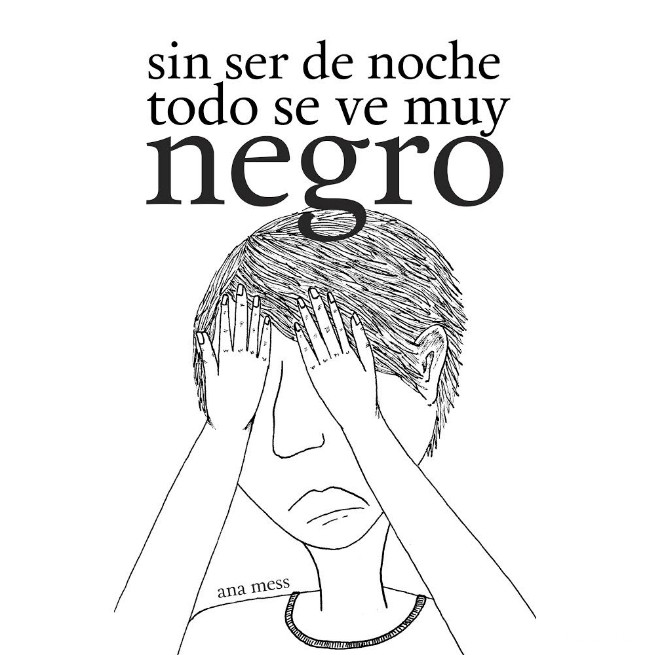 The subject of my book never left my mind and very reluctantly, annoyed, terrified, and sad I began to work on the project. During that time I began to experiment painting with water and pigments. A teacher agreed to guide me along the way and for the first time I felt like there was a place in the world for me. A small gallery hosted an exhibition of my illustrations and paintings and I made a book to show the daily scenes of a life with depression.
The subject of my book never left my mind and very reluctantly, annoyed, terrified, and sad I began to work on the project. During that time I began to experiment painting with water and pigments. A teacher agreed to guide me along the way and for the first time I felt like there was a place in the world for me. A small gallery hosted an exhibition of my illustrations and paintings and I made a book to show the daily scenes of a life with depression.
I was exhausted, surprised, but, more than anything, moved by the response of people who held the book in their hands. What I believed was simply a work of self-exorcism was valuable to others. They found themselves represented, they wanted to leave their shelters to meet someone who understood what was happening to them, who did not judge them and who believed that there were ways to face their demons.
“Even when it’s not night, everything looks very dark” (sin ser de noche todo se ve muy negro), is how I now define what it is to be depressed. It’s a constant process, but I have been finding ways to see in the dark.



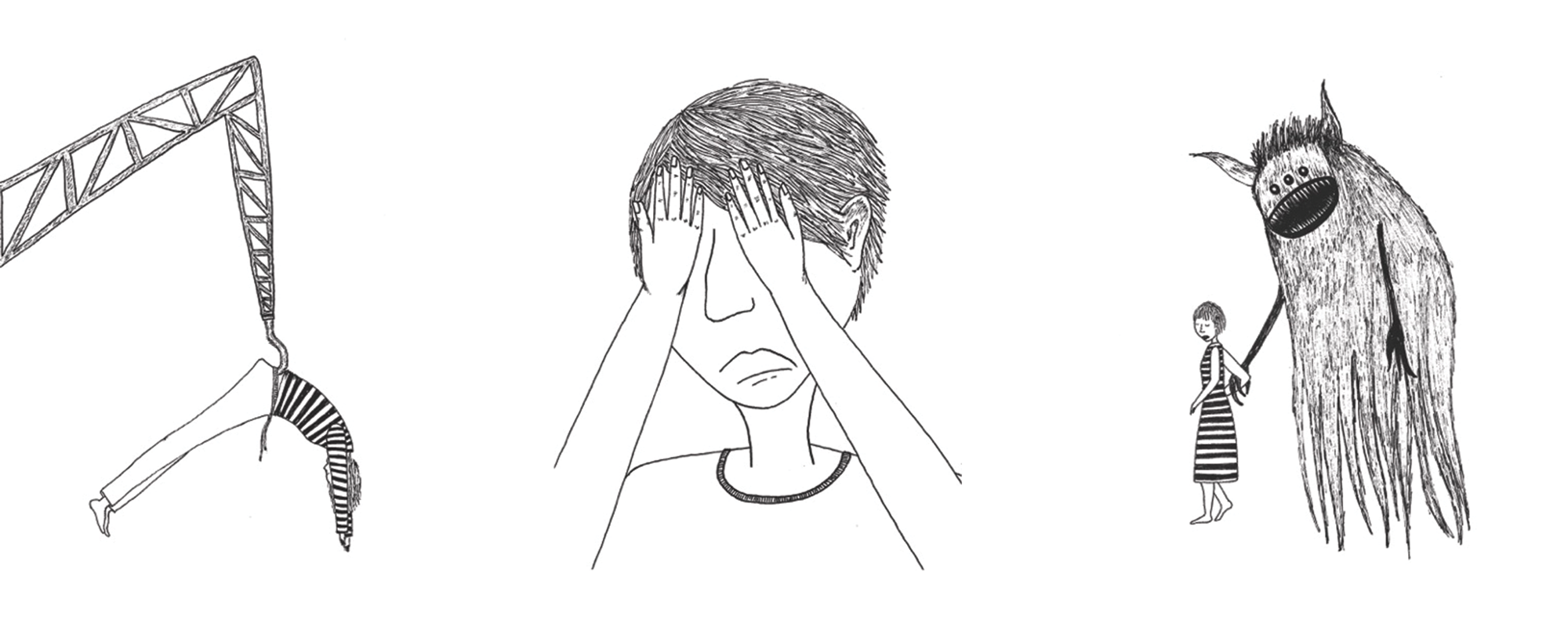


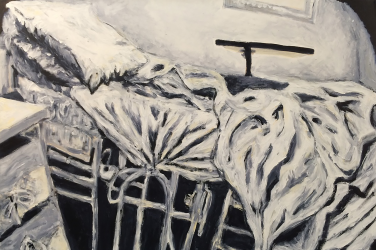
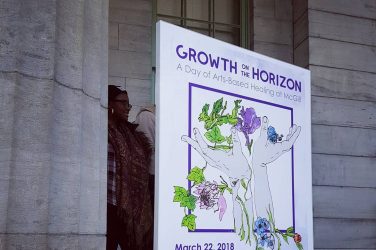
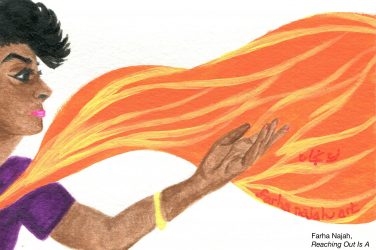

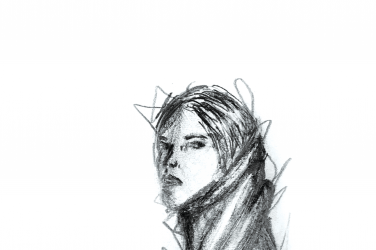
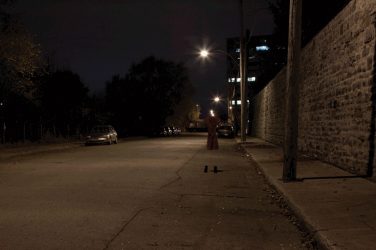
Show Comments (0)